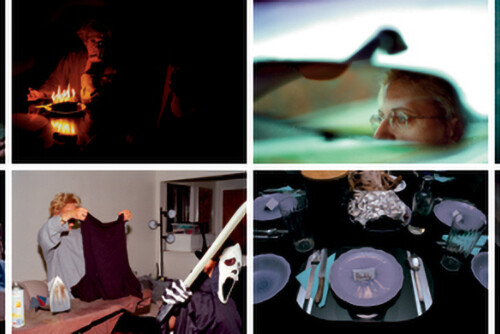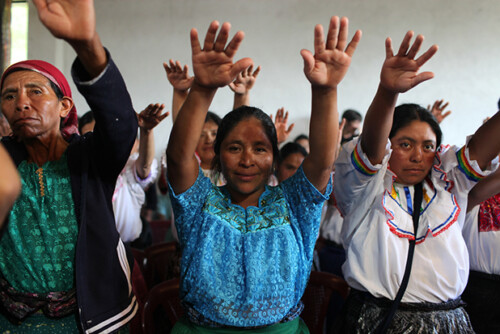The first formerly incarcerated mothers I ever met were Naomi and Leuka, survivors of the Holocaust who had relocated to Washington Heights, an upper Manhattan neighborhood near The Cloisters. It was the summer of 1971, and Washington Heights was a predominantly German-Jewish community, home to many who had been traumatized by the War and by captivity in the concentration camps.
In the summer and fall of 1971, I was a research intern at Columbia University, where a double-blind study of the efficacy of Lithium Bicarbonate in the treatment of Depressive and Manic-Depressive Disorders was being conducted. Both Naomi and Leuka were participants, and because I knew a little German, I was designated to provide some social services to the two women.
This idea that I might provide any truly meaningful assistance to these women as they woke day after day to memories and trauma that confounded even the best aspects of my imagination, seemed both absurd and impossible. At the time, I was only 25, living on the edge of Washington Heights with my husband (a psychiatric resident) and pregnant with my first child. My education, it seemed, had trained me to process my patients’ experiences, and to then counsel and provide appropriate services—but I was left to wonder if my training, like my address, left me simply on the edge of this simultaneously collective and private trauma.
As our days together went by, I was profoundly stirred by these two women, also mothers, who were now childless and without family. I thought often of the peculiar cruelty of having had those identity-defining roles and relationships wrenched away. What did it mean to be a mother without a child? And could Freedom ever truly be refunded to those who had been quite literally caged? It was clear that distance from their children could never diminish their motherhood, whether that distance was measured in kilometers or the metaphysical distance of death.
During our many meetings, it was difficult to get them to talk about any subject other than my baby. Knitting booties of various colors for the unborn child, these two women seemed as full of life and excitement as I was. They celebrated the coming of this baby, this promise of new life, and eagerly received news of the freedoms pregnant women were beginning to enjoy in those first years of the 1970s. Natural childbirth, husbands coaching in the labor room—these were new and interesting changes to them. I deeply valued our time together, observing their continued celebration of new life. Such attitudes were surprising given their histories of inhumane treatment. How did they maintain this “maternal hope”? These formerly imprisoned mothers had survived the worst inhumanity in recent history. Our relationship left an indelible mark, though I was left to wonder how my connection to these two women would play itself out in my own adult life. Certainly I would never meet any other women who, denied dignity and humane treatment, would continue to value life.



